Solar-Powered VTOL Drone
2018-2019
I worked as a Research intern in the Photonics group at Natioanl Taiwan University under Prof. Chingh-Fuh Lin. The focus of my research was to develop a VTOL Solar-Powered drone.
Problem : Drones with the capability of three-dimensional motions, being able to easily fly over mountains, rivers, lakes, etc., are very attractive. They almost have no limit in the movement. However, they also have a major drawback, power limit. Currently, the UAVs or drones are mainly powered by either gasoline or batteries. The gasolines are highly dangerous because of the possibility of explosion. Batteries are much safer than gasoline, but they only provide a very limited time of flight for drones that can vertically take off or land. The flight time is mostly only around 20 minutes and usually less than 30 minutes. Hence, it is very crucial to develop technologies that enable drones to continuously fly over a much longer time, say several hours.
Solution : Solar technology in tandem with batteries has enormous potential for powering mobile devices. In this hybrid system, the use of solar is to keep on recharging the primary battery during the daytime. It is although very critical to keep the weight factor of the solar cells in mind.
Development :
- We aimed to make an EPS material frame, that is lightweight and low-cost to perform rigorous testing with our design. Our wing area was approximately 167 square inches. We decided to laser cut a 6 by 6 inch solar cell into a 2 by 2 inch solar cell. We could fit around 35 solar cells into each wing.
- We decided to go with a 14s5p configuration of solar cell connection, able to generate approx 42W (5A, 8.4V) power in ideal conditions.
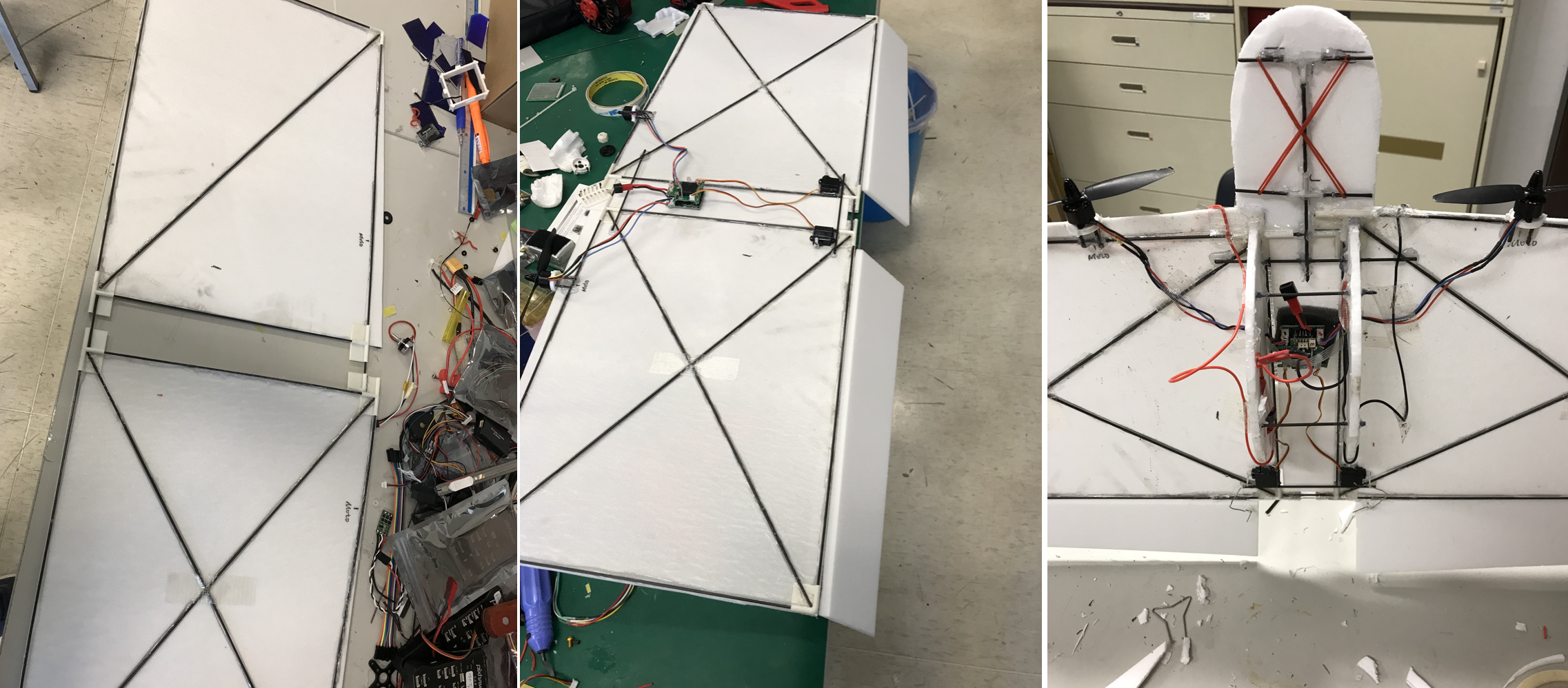

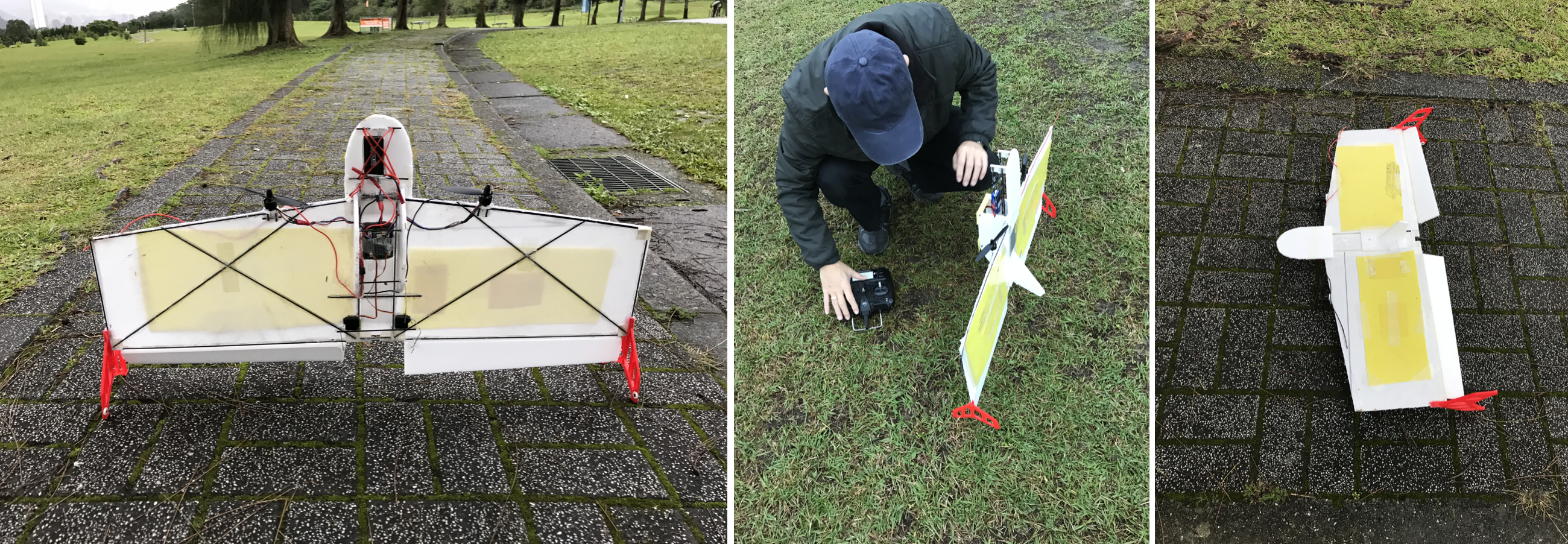
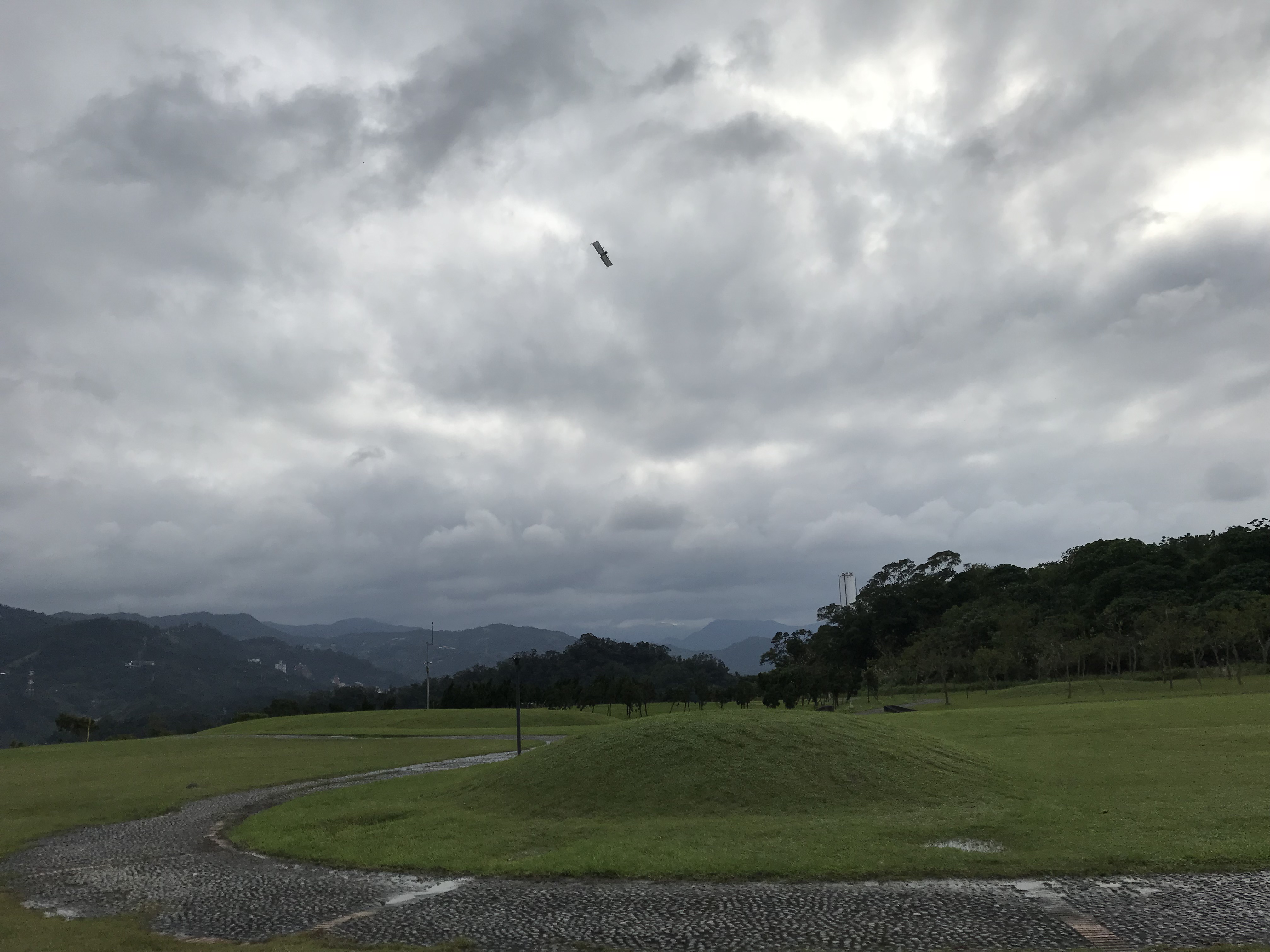

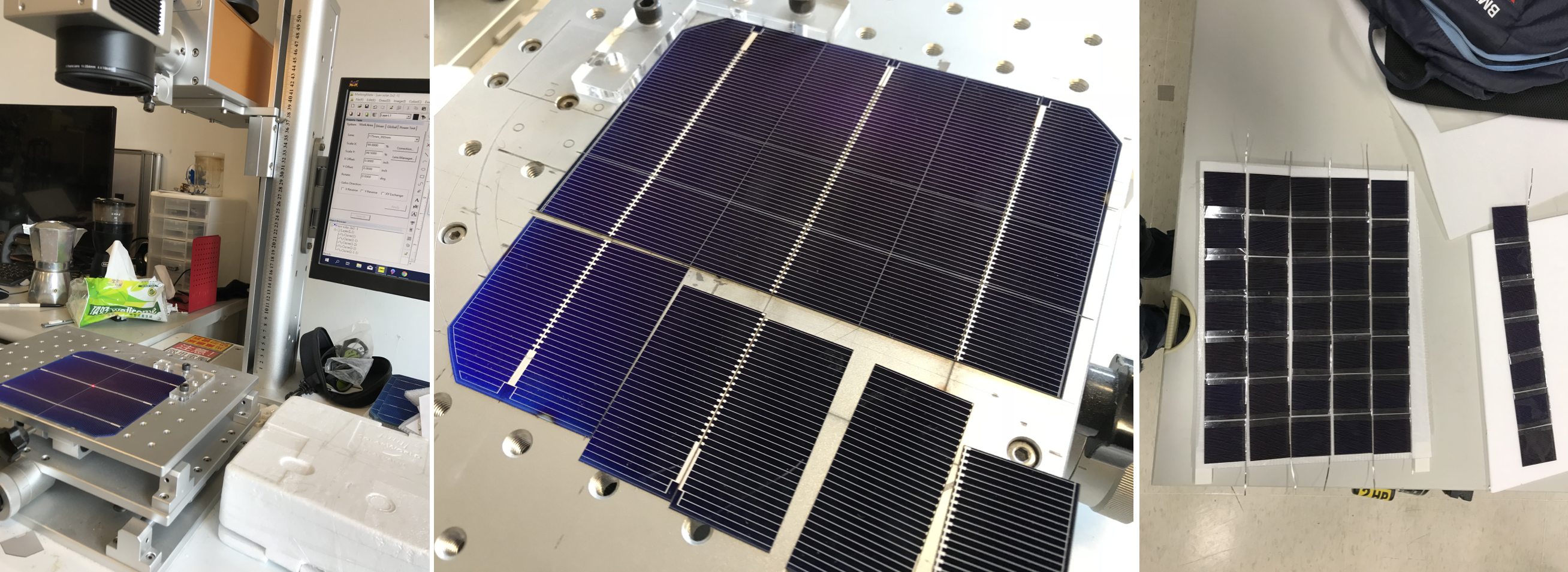
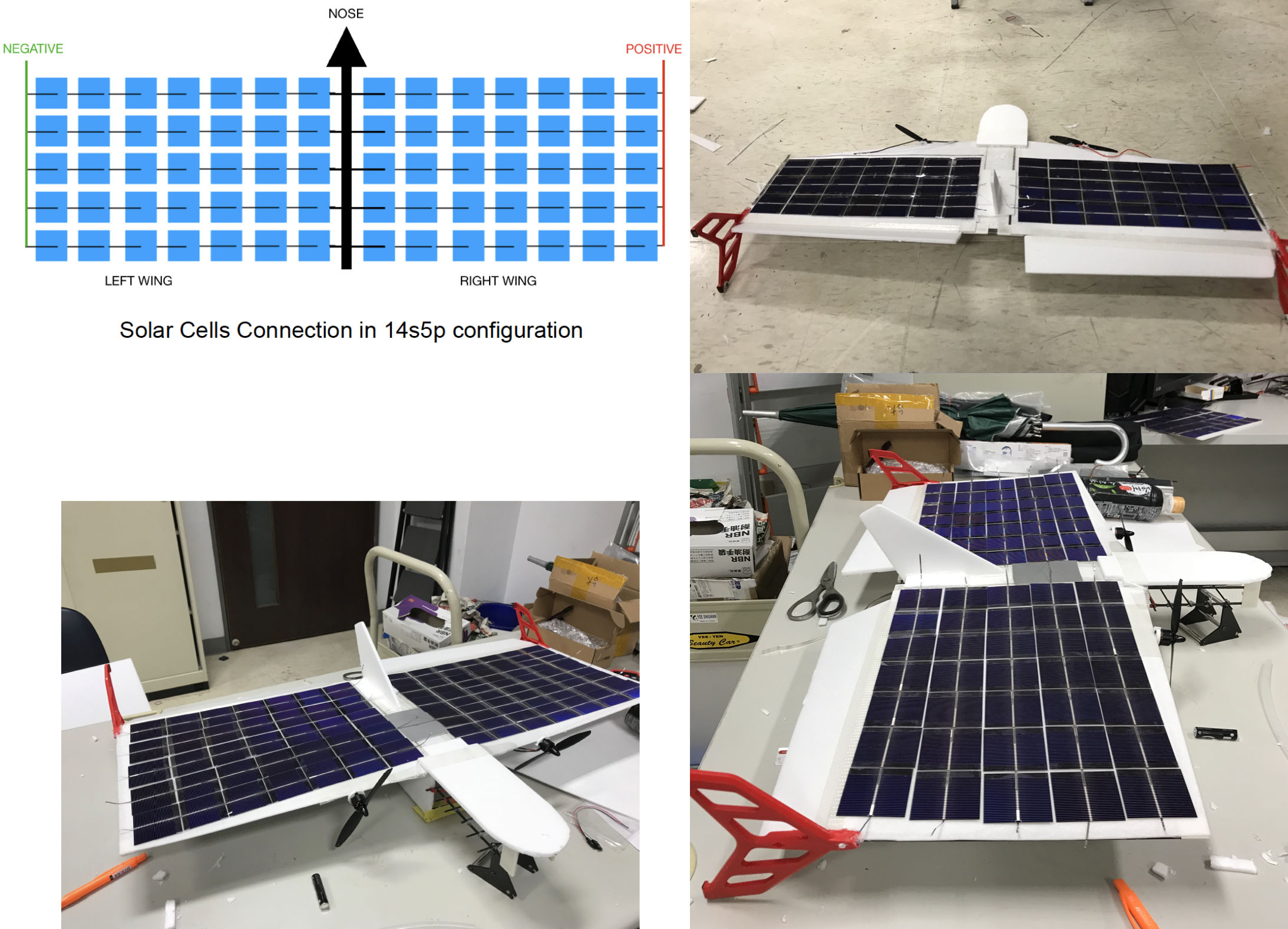
Note : Due to extreme weather conditions in Taipei during the December and January period, we could not flight test the design with solar panels integrated into it. The yellow sheet on the frame weighed the same as the solar panels, and we were successfully able to fly the system with a yellow sheet.
Project Supervisor : Prof. Chingh-Fuh Lin
Work Funded by : National Taiwan University and Delhi Technological University